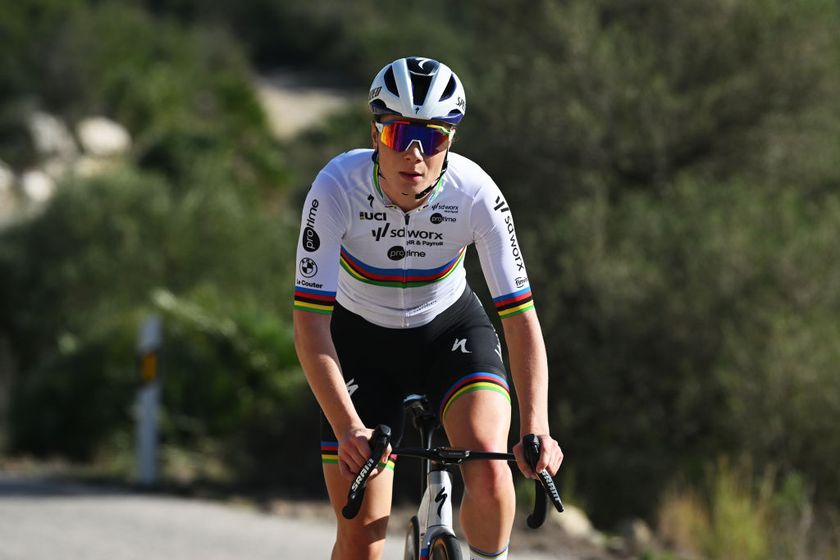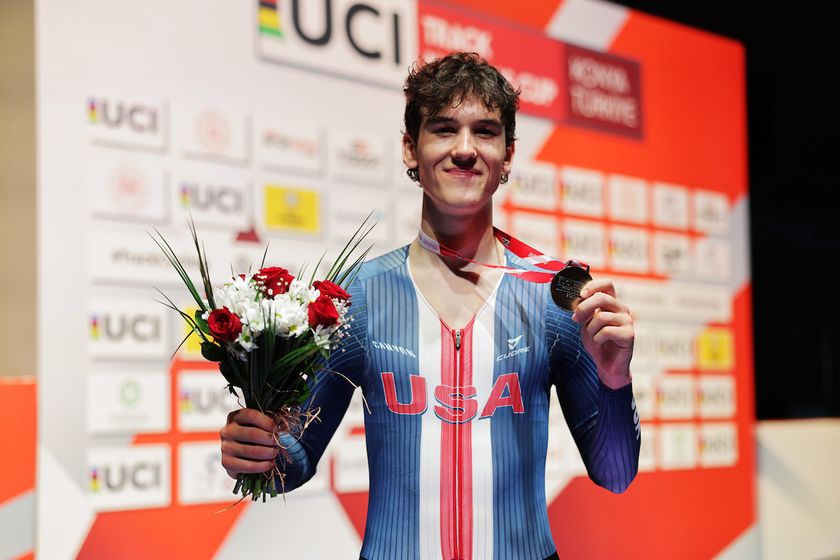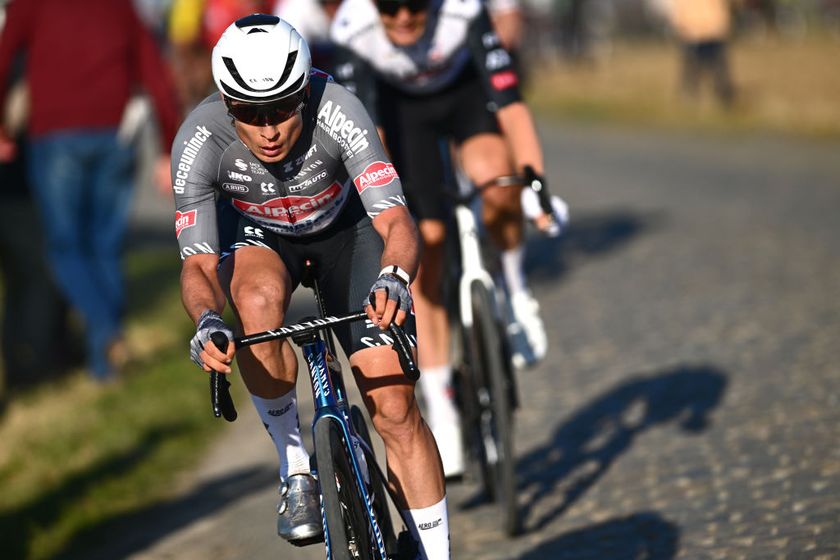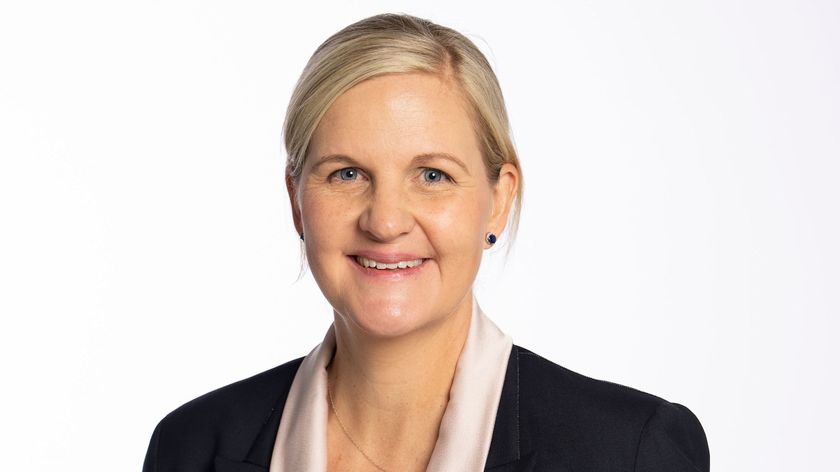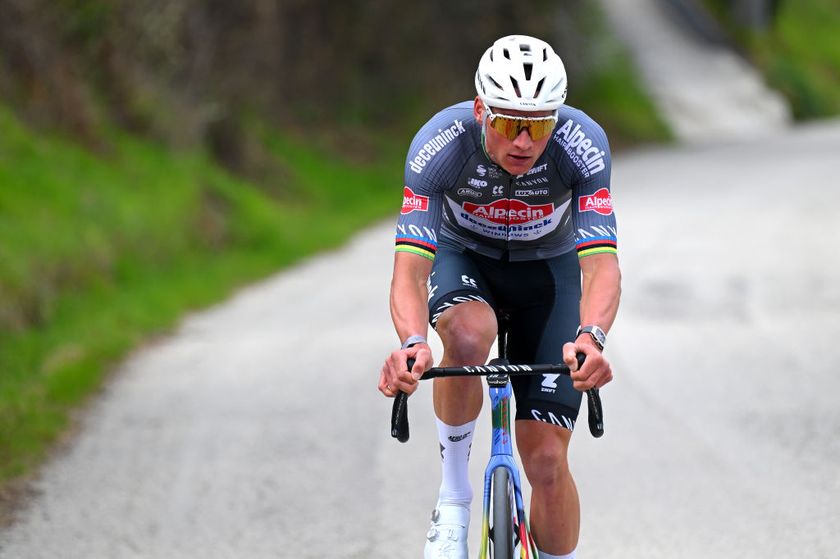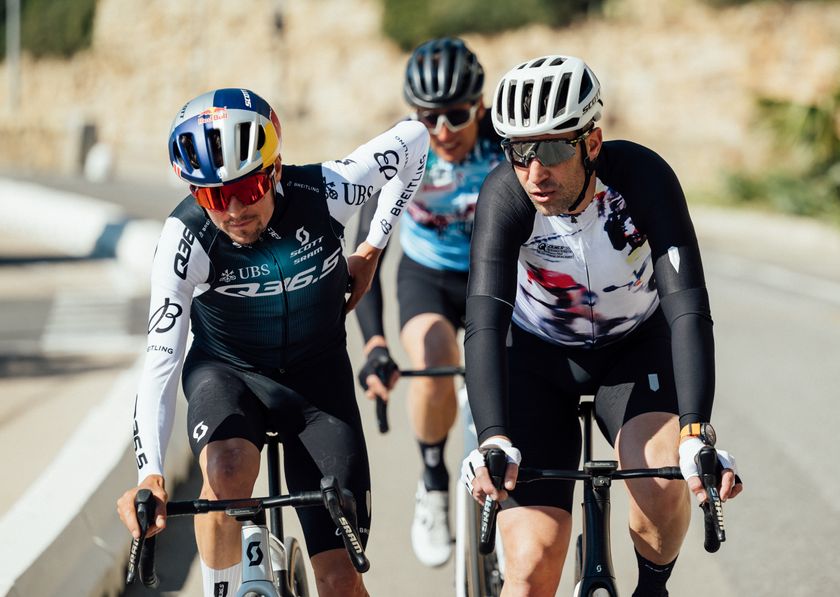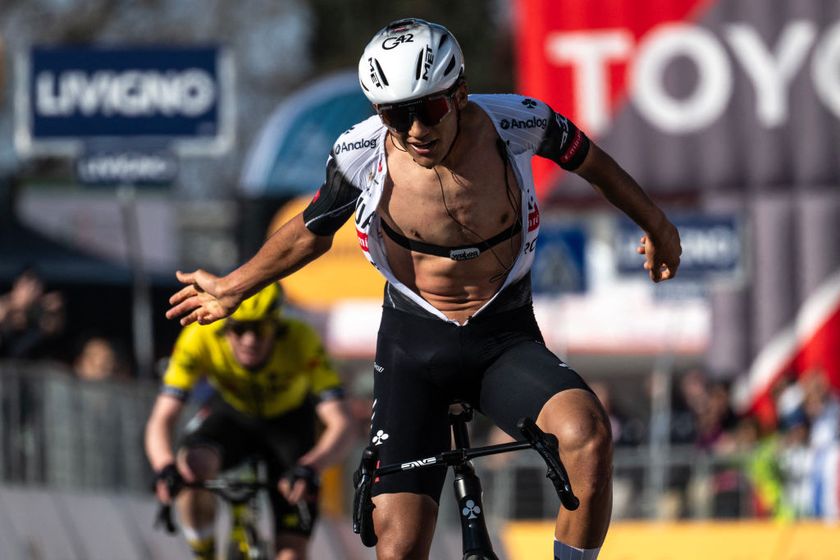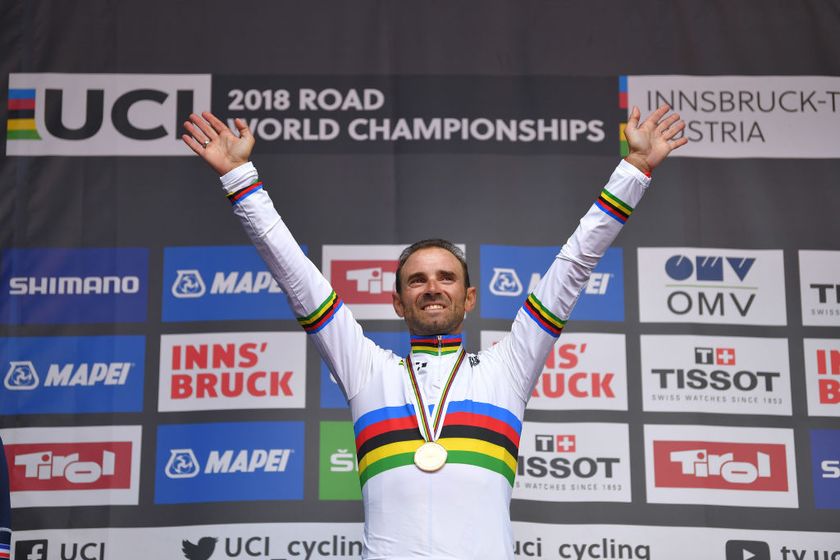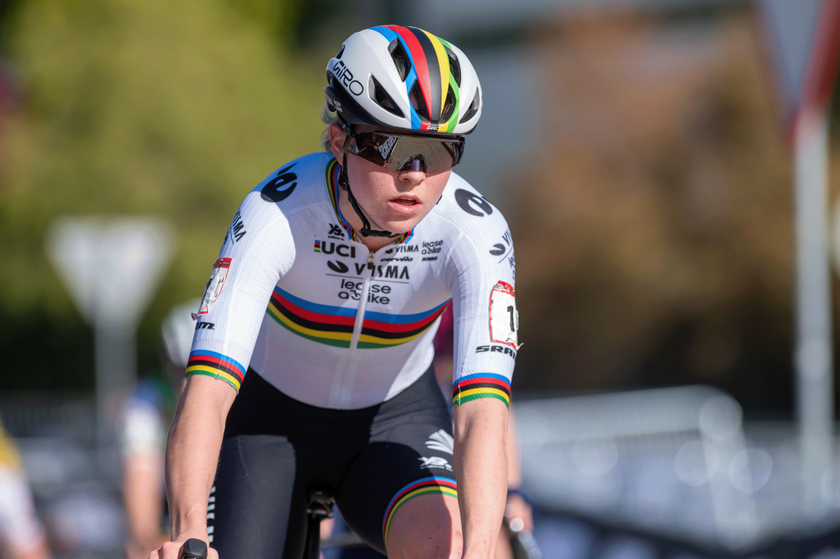Chris Froome's physiological test data released
Esquire publishes results from two-time Tour de France winner





The results of Chris Froome's physiological tests has been made public with the results published on chrisfroome.esquire.co.uk. The two-time Tour de France winner agreed to undertake the tests following intense scrutiny surrounding his 2015 Tour victory.
Froome's physiological tests will not stop every doubter, says Brailsford
What to expect from Chris Froome’s physiological test data
Wiggins doubts release of Froome's physiological data will change anything
Chris Froome: You can win the biggest bike races in the world clean
What is VO2 Max? Explaining Chris Froome's physiological testing data
The article outlines the procedures undertaken by Froome at the GlaxoSmithKline Human Performance Lab in London in August of this year.
When the initial test was conducted, Froome's weight was 69.9kg, 2.9kg heavier than his Tour winning weight, with a body fat of 9.8 per cent.
Froome underwent three tests – "Two submaximal efforts, in cool then hot conditions, will measure his sustainable power" – with a max test between the two to determine his VO2 max which was recorded at 84.6.
At his Tour weight, Froome's VO2 correlates to 88.2. Three-time Tour de France winner Greg LeMond, by comparison, had a VO2 max of 92.5.
Read More...
>> LeMond: Froome 'within the realm of human performance' at Tour de France
>> Vayer says Froome's supposed Ventoux data was leaked, not hacked
>> Team Sky releases Froome's power data
>> Lance Armstrong: Tour de France doping questions about Froome are ‘my fault’
Get The Leadout Newsletter
The latest race content, interviews, features, reviews and expert buying guides, direct to your inbox!
The lab tests undertaken by Froome show the 30-year-old has a peak power of 525 watts, and sustained power – between 20-40 minutes, of 419 watts. At his 2015 Tour weight, Froome's watts-per-kilogram would be 6.25w/kg.
"Chris's peak power is 525 watts, which corresponds to 7.51w/kg: a massive figure,” sports physician and exercise physiologist at the University of Cape Town Jeroen Swart said. "But the interesting thing is that the [sustained] figure of 6w/kg — which is basically what he produced in the lab — is 79.8 per cent of his peak power. That's a completely reasonable percentage."
Also published in the Esquire article are the results of Froome's 2007 test in a Lausanne laboratory. In 2007, Froome weighed 75.6kg with a body fat of 16.9 per cent. He produced a higher peak power than his 2015 test, 540 watts, his threshold was 420 watts and his VO2 max was 80.2.
The results from two blood tests, one taken on the first rest day of the Tour and a second from August 20 are also published by the magazine. The first test shows "Froome's haemoglobin was 15.3 grams per litre (g/l) and 0.72 per cent of his red blood cells were immature (the normal adult range is 0.5–2.5 per cent).
"On 20 August, Froome's haemoglobin was 15.3 and he had 0.96 per cent immature red blood cells. His OFF-score was 94.21."
"The engine was there all along," said Swart. "He just lost the fat."
Other riders to release data:
>> Bradley Wiggins (2009)
>> Lance Armstrong (2009)
>> Tom Dumoulin (2015)
Important figures from the publication of Chris Froome's physiological test
2015 test weight: 69.9kg
2015 Tour de France weight: 67kg
2007 test weight: 75.6kg
2015 VO2 max: 84.6
VO2 max correlating to 2015 Tour weight: 88.2
2007 VO2 max: 80.2
2015 peak power: 525 watts
2015 threshold (20-40 minutes): 419 watts
2015 watts-per-kilogram: 5.98
2015 Tour watts-per-kilogram: 6.25w/kg
2007 peak power: 540 watts
2007 threshold (20-40 minutes): 420 watts
Do you think more riders should follow in Froome's footsteps? Vote in our Twitter poll and have your say in the comments below.
